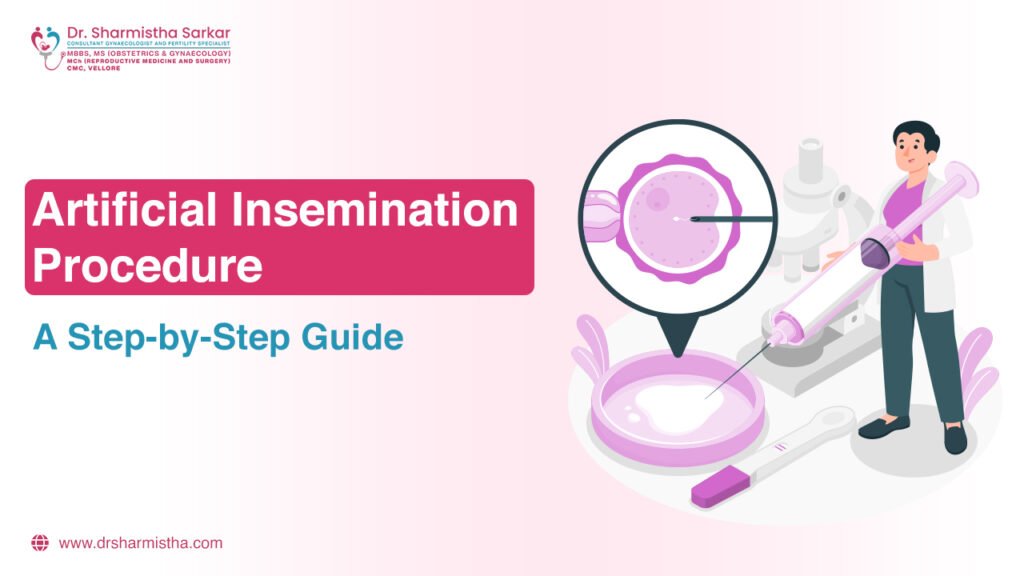Artificial insemination is one of the processes of assisted reproduction, and it serves as a ray of hope for infertile couples. Through this process, in order to fertilize, sperm is inserted into the female reproductive system. This method assists a number of couples who experience infertility from a fertility issue to realize their dream of parenthood.
In this detailed guide, the artificial insemination procedure and how it would occur at each stage, from consultation will be included. Awareness and knowledge of each stage can help decision-making and perhaps also the effectiveness of the procedure on individuals.
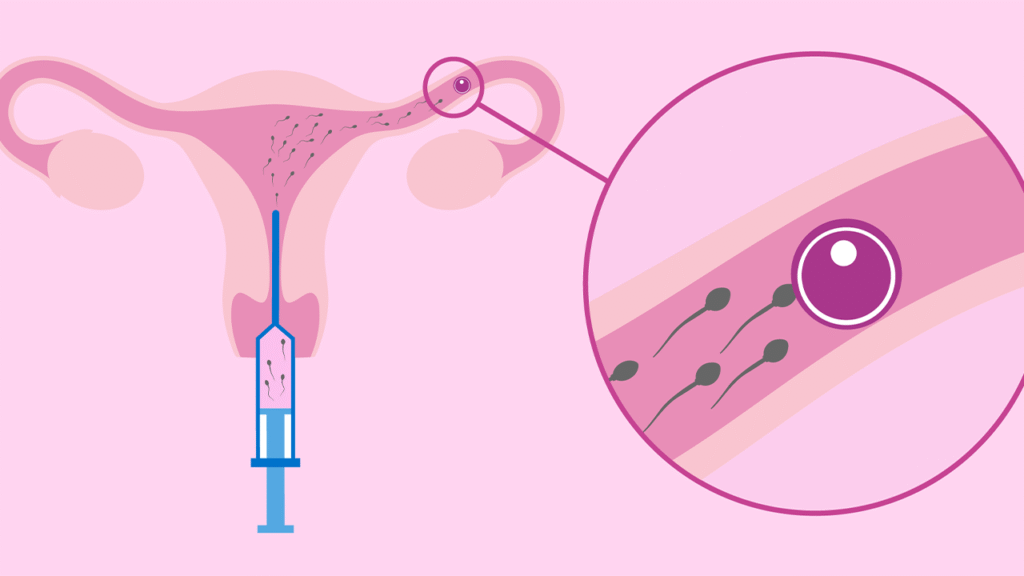
What is Artificial Insemination?
AI can be of two prominent types:
- IUI: The most commonly used type of artificial insemination is intrauterine insemination. Washed sperm are inserted via a very thin catheter directly into the woman’s uterus. By bypassing the cervix and depositing sperm closer to the fallopian tubes, IUI enhances the chance of fertilization. It is generally useful with mild male infertility or when there is a problem with cervical mucus. The procedure is carefully timed to coincide with ovulation and is often painless.
- ICI: Intracervical insemination being more simple and natural where sperm is placed near the cervix and allowed to travel into the uterus in its own way. The approach is a reflection of natural intercourse and is usually employed for cases where minimal fertility problems exist. It is less invasive and less costly than the IUI procedure, but its success rate is typically lower. Hence, it still counts as a choice for those who want to opt for a less clinical approach to parenthood.
Step-by-step Procedure for Artificial Insemination
1. Initial consultation and assessment
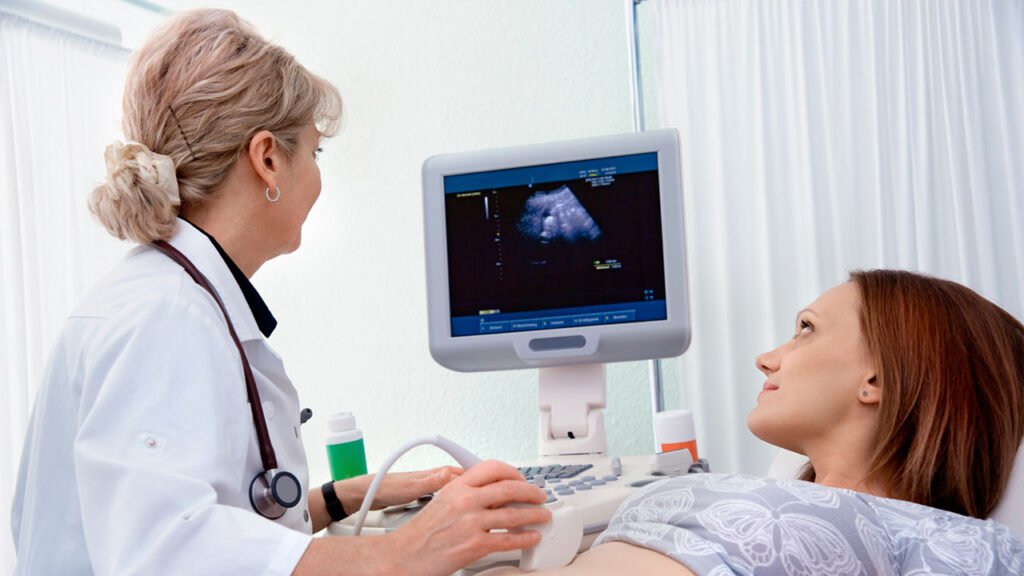
2. Ovulation monitoring
3. Sperm Collection and Processing
4. Timing the insemination
5. Insemination Procedure
6. Post-Insemination Rest and Care
After the insemination, patients may be required to rest for 15 to 30 minutes. Some mild cramping or spotting may occur but will quickly go away. Patients need not remain confined to bed; some light activity is generally recommended for the day.
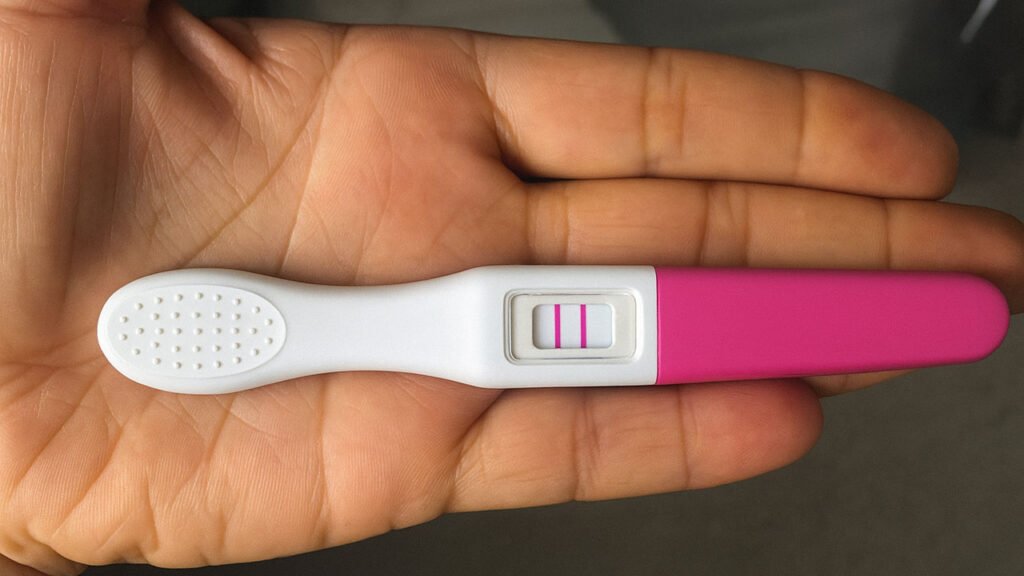
7. The Two-Week Wait and Pregnancy Test
When is Artificial Insemination Recommended?
The following conditions may suggest a recommendation for artificial insemination:
- Unexplained infertility: When a clear cause cannot be identified for infertility following an in-depth evaluation.
- Mild male factor infertility: Situations where sperm count or motility is slightly below the norms but is probably still effective.
- Cervical mucus problems: When the cervical mucus is hostile or insufficient in assisting sperm to reach the egg naturally.
- Ejaculation dysfunction: Where conditions of ejaculation make it difficult or impossible for conception to take place naturally.
- Using donor sperm: It is a way of creating pregnancy using donor sperm for those sperm-related issues.
Advantages of Artificial Insemination
Since it is practical and natural, artificial insemination is typically chosen by most couples for fertility treatment:
- Low-risk and non-surgical procedure: The procedure involves a minor surgery and causes the least discomfort with fewer complications.
- Relatively low-priced compared to IVF: The charges for standard artificial insemination are much less than advanced fertility treatments like in-vitro fertilization.
- Partner’s or donor’s sperm can be used: Depending on the particular fertility challenge or circumstance.
- It can be useful for many kinds of infertility: To treat male infertility, unexplained infertility or ovulation problems.
Possible Risks and Side Effects
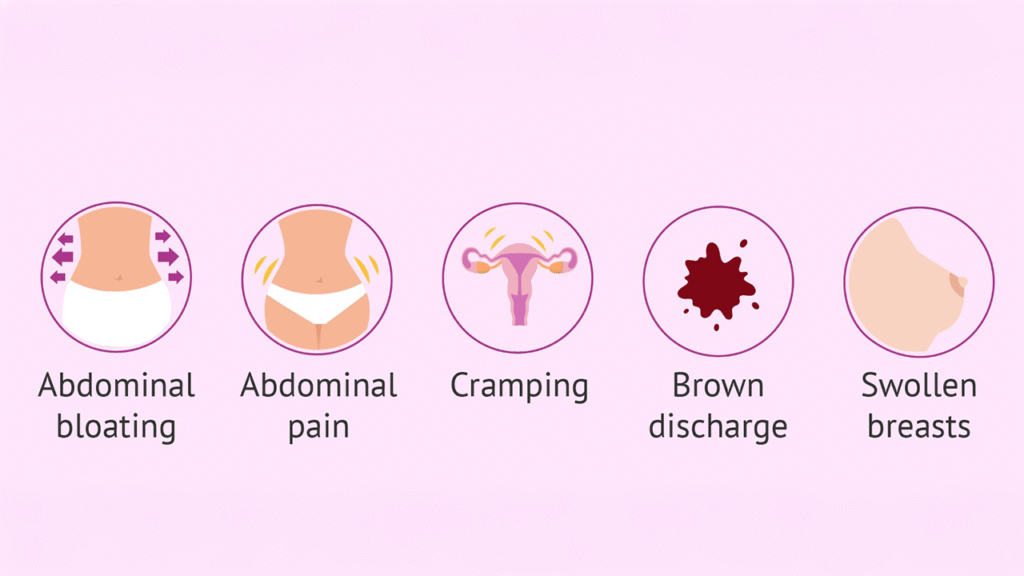
- Cramping and spotting after the procedure: A slight irritation to the uterine lining may cause some temporary cramping accompanied by light bleeding.
- Slight risk of infection: Introduction of bacteria during the process may cause infection.
- Ovarian hyperstimulation: Fertility drugs can cause the ovaries to become overstimulated and cause discomfort.
- Multiple pregnancies (twins or triplets): The chances of giving birth to more than one child are increased when drugs for ovulation induction are being taken.
Make Parenthood Possible With Dr. Sharmistha Sarkar
Artificial insemination is a secure and affordable method of fertility treatment that continues to help thousands of families to attain parenthood. So whether this is your introduction to fertility treatments or you are applying alternatives after a disappointing attempt, familiarizing yourself with the stepwise method of artificial insemination can contribute to feeling more empowered and prepared for the whole experience.
With compassion and modern techniques, patients at Dr. Sharmistha Sarkar’s fertility clinic never walk alone in their journey. Individual care is rendered at every step of the way towards parenthood with which you are partnered all along.
If you are considering artificial insemination, book your appointment today towards realizing a hopeful and brighter future for you.

